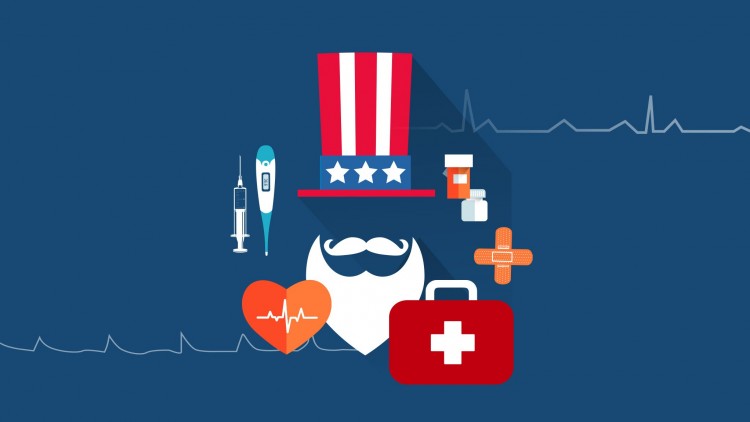In today’s highly politicized culture, one cannot avoid the topic of healthcare. Often Americans hear the debate surrounding quality, affordable healthcare, but it begs the question, which one is the more pressing issue, the quality or affordability of medicine in the United States? Currently, western medicine focuses on how white, males present various diseases. In a country as diverse as the United States, diverse medical diagnoses are needed to ensure the best quality of care for all American citizens, no matter their race, gender, or ethnicity. On the other hand, millions of Americans struggle to afford life saving medical treatments and medicines. Johns Hopkins’ ‘The Promise of Medicine: How far would you go?’ ad addresses the commonplace of inadequate health care throughout the United States by highlighting their medical prowess as the future of medicine. In contrast, CareFirst Health Insurance launched their 2015 ‘Live Fearless’ campaign, which promised CareFirst card holders affordable healthcare that was accepted with ‘most’ healthcare providers. While both ads try to address the overarching issue of poor healthcare in the United States, each ad focuses on one aspect of the issue: affordability (CareFirst) versus quality (Johns Hopkins).

Source: https://digitalismedical.com/wp-content/uploads/2021/08/color-johns-hopkins.jpg.webp

Source: https://www.globenewswire.com/news-release/2015/09/14/768086/35947/en/photos/357251/0/357251.png?lastModified=12%2F09%2F2016%2023%3A57%3A58&size=3
Outline For Speech
I would first explain the background behind the two ads and then analyze how each add establishes credibility with their intended audience. I would highlight the modes of appeal used as well as underlying messages being presented in the ads before concluding with a re-emphasis on the purpose of each ad.

 One of the UN’s Sustainable Development Goals is good health and well-being. While this seems overly broad, it is quite attainable. Currently, western medicine favors the way white men present various illnesses. Without a broader understanding of the way various sexes, races, and ethnicities present various diseases, a great disservice is being done to a majority of the global population. In order to fix this, medical professionals from all over the globe need to research and update the different ways in which different sexes, races, and ethnicities present various illnesses.
One of the UN’s Sustainable Development Goals is good health and well-being. While this seems overly broad, it is quite attainable. Currently, western medicine favors the way white men present various illnesses. Without a broader understanding of the way various sexes, races, and ethnicities present various diseases, a great disservice is being done to a majority of the global population. In order to fix this, medical professionals from all over the globe need to research and update the different ways in which different sexes, races, and ethnicities present various illnesses.